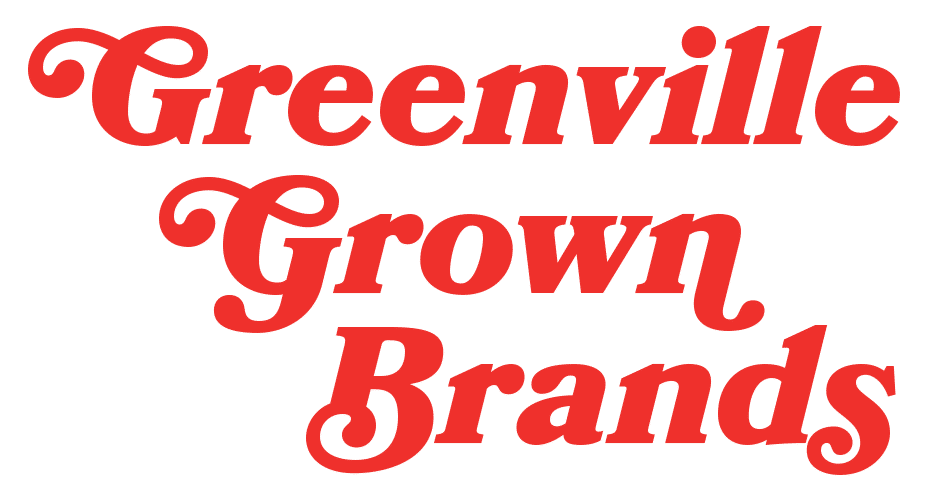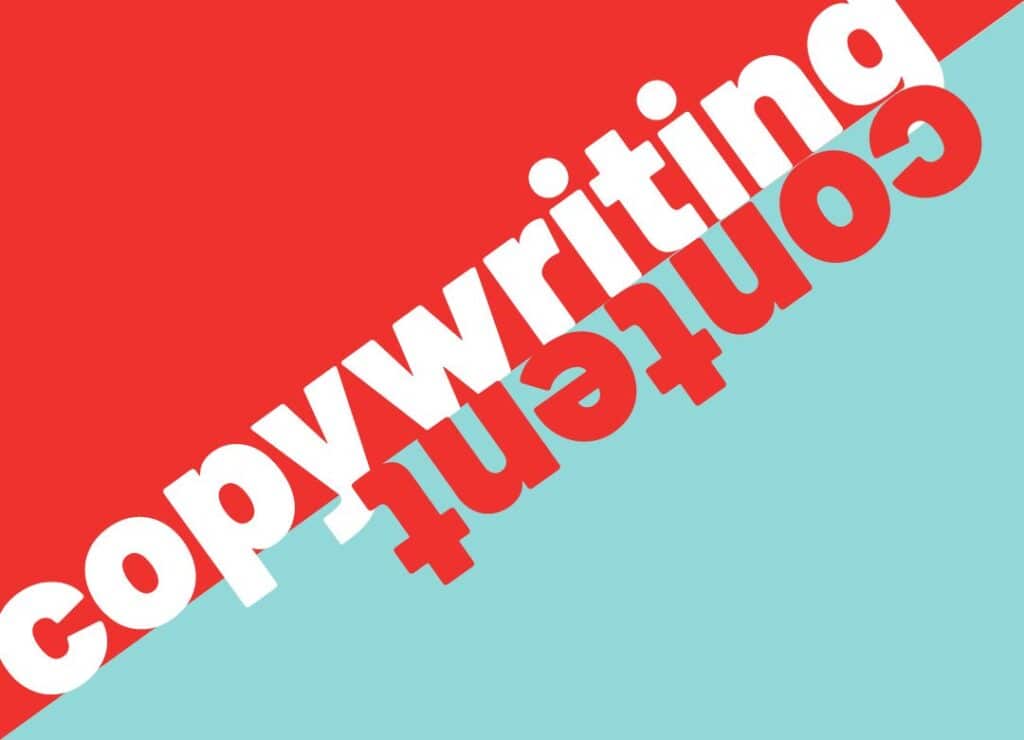A few months ago, I attended a virtual training from the American Marketing Association (AMA) entitled “Copywriting vs. Content: Why It Matters and How It Helps Your Bottom Line.”
Which admittedly, as a senior copywriter, I am already familiar with the difference between copywriting and content and how it affects your bottom line. But I still took the virtual training because:
- I firmly believe getting back to basics is a great way to hit “refresh” and stay inspired.
- I know what I know, but I don’t know what I don’t know. And with the digital marketing world constantly evolving, I figured this would be a good opportunity to pick up some new tips and tricks from other marketing professionals.
- FUEL paid for it.
And now, here we are. Months later, I’m finally sharing what I’ve learned with the masses (or at least, the people who like to peruse through the FUEL Feed articles from time to time).
So the next time you need copywriting or content for your brand, you’ll know which one will be more appropriate for your goals and your audience.
And BONUS: Like the AMA virtual training, we’ll also cover how to make your copywriting and content snap, crackle, and pop (which is a relatable way of saying, “drive results.”)
Let’s get started, shall we?
Copywriting: Driving Action with Words
The Purpose
As our virtual training instructor Pamela Foley put it, copywriting is “the art of getting someone to take action.” Personally, I think that’s a lovely way of summarizing it. Copywriting is short, sweet, and to the point, using impactful words and phrases that make people want to take action NOW. It’s exciting. It’s engaging. And it really plays to a sense of urgency and FOMO (fear of missing out).
Types of Copywriting
Typically, copywriting consists of shorter, punchier pieces of work, like:
- Social media ads
- Landing pages
- Website sales content
- Sales pages
- Nurture and sales emails
- Paid ads
- Brochures
The Benefits
The benefits of copywriting are kind of obvious. Essentially, when done well, copywriting can increase sales, conversions, or lead generation for your business. The ROI is pretty high because you’re seeing a direct correlation between the message you put out and its results. And ultimately, copywriting drives customer interaction with clear calls to action (buy now, sign up today, download this brochure, etc.).
The Magic of Content: Building Relationships with the People that Matter (Your Customers and Prospective Customers)
The Purpose
When it comes to content, remember: It’s a marathon, not a sprint. Content goes deeper than copywriting because the goal is to build a relationship with your audience. It’s about providing value and giving your customers what they need. Content is written to educate, inspire, entertain, and most importantly, engage. There may not be a call to action or only just a subtle hint of what your business can do for your customers. As Pamela beautifully summed it up, it’s a “long game to create brand loyalty.”
Types of Content
Content is usually longer than copywriting because it takes time (and words) to build a deep connection with your audience. So, content pieces often consist of:
- Blog posts (like this one!)
- White papers
- E-books
- Tutorials
- Email newsletters
- News articles
- Evergreen articles
- Case Studies
- Social media posts
The Benefits
Reaping the rewards of content creation is a bit more of a waiting game. You may not see direct or immediate results like you would with copywriting. But what you will see is a stronger relationship between your brand and your customer. And it will also give your business a boost in your industry by establishing thought leadership and expertise in your field—all things that build credibility and loyalty for your brand.
Now for Some Pizazz
Okay, now that we know the difference between copywriting and content, how do we make them better? Well, the AMA workshop covered that as well with some of these impactful tips to take your copywriting and content from good to great:
- Know your audience.
Always keep in mind that you’re writing for your audience, not yourself. That’s probably one of the best copywriting and content tips from the virtual training (and in general).
Put yourself in your customers’ shoes, and try to figure out what they need and how you can help them. One of the most effective ways to do this is by creating an ideal customer persona so you can visualize your audience and who you’re writing to.
At the beginning of the AMA virtual training, the instructors walked us through creating our own customer mini-persona. It took maybe ten minutes, but it helped inform the writing exercises we did later on in the workshop.
Full disclosure: An in-depth customer persona may take weeks or months to research and become fully formed. But as the virtual training demonstrated, even a brief, high-level overview of who you’re writing for can help make a big difference in the quality of your copywriting and content. And if you want to get started on creating your own customer persona, we have a guide that can help.
2. Remember SEO.
As any good marketing professional knows, effective copywriting and content isn’t just about creating a message. It’s ultimately making sure that your message is seen and heard.
And that’s where SEO (search engine optimization) comes in. Basically, SEO is the practice of using keywords and phrases that popular search engines (*cough*GOOGLE*cough) pick up to rank the relevancy of your content to the user’s search results.
This is another area where having an ideal customer persona comes in. With a persona, you can easily imagine what words or phrases your audience might use to find products or services like yours. Then you can use those keywords to determine the topics and core messages that will most likely resonate with your audience and rank your business higher on the search results.
You can also pressure test the keywords and phrases you’ve pulled by comparing them to your competitors and what kind of searches they appear in.
In most cases, following SEO best practices may be more beneficial for content over copywriting because typically content is longer and provides more value to the user vs. trying to convert them. However, using the same keywords for your content and copywriting helps ensure a cohesive message across all of your different platforms.
3. Create a calendar.
As a person who loves to organize and make lists, this tip spoke to me on so many levels. I’ve been an advocate for copywriting and content calendars my entire career, so to hear other marketing professionals highlight the importance of creating a calendar made my little Type-A self feel so seen and validated. Because honestly, it’s the biggest favor you can do for yourself, your marketing team, and your brand.
Creating a calendar allows you to determine the frequency of the copywriting and content that you put out. It aligns messages to ensure that your audience is receiving information that’s relevant to them. And it keeps you and your team on the same page about what was written, what needs to be written, and what’s on the horizon.
It also provides a roadmap for your copywriting and content so you’re writing pieces that complement each other and balance out the value vs. conversion ratio of the messages your audience receives (because no one wants to be sold to all the time, but you still need to make a profit).
So yes, create a calendar. You can make it as simple or as detailed as you need, but a few things you definitely want to include are:
- Posting date
- Topic idea
- SEO keywords and phrases
- Copy, images, and links for your various platforms
The Takeaway
So, in a rather large nutshell, that’s the difference between copywriting and content and the multiple ways you can make both do more for your business. And I would say that the AMA virtual training was a success.
It might have been a bit of a review for those already entrenched in the world of writing digital marketing copy, but there were nuggets of inspiration all throughout that even the most seasoned of marketers would find beneficial.
The biggest takeaway, in my opinion, is to know the purpose of your message. Understand what you want your audience to think, feel, or do after reading your words. And ultimately, focus on how you can help your customers, not how they can help you.
That’s how you make great copywriting and content.








